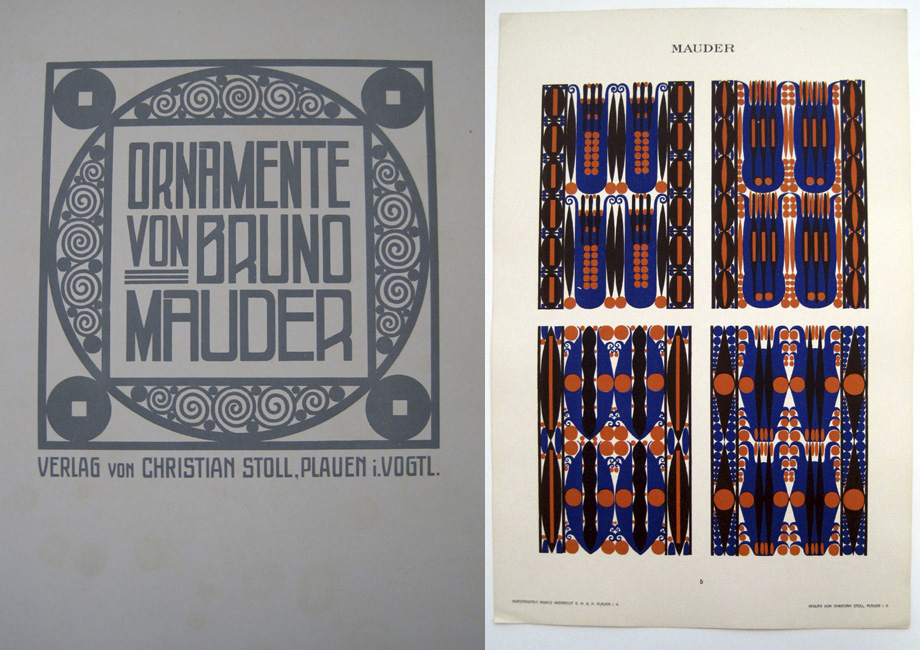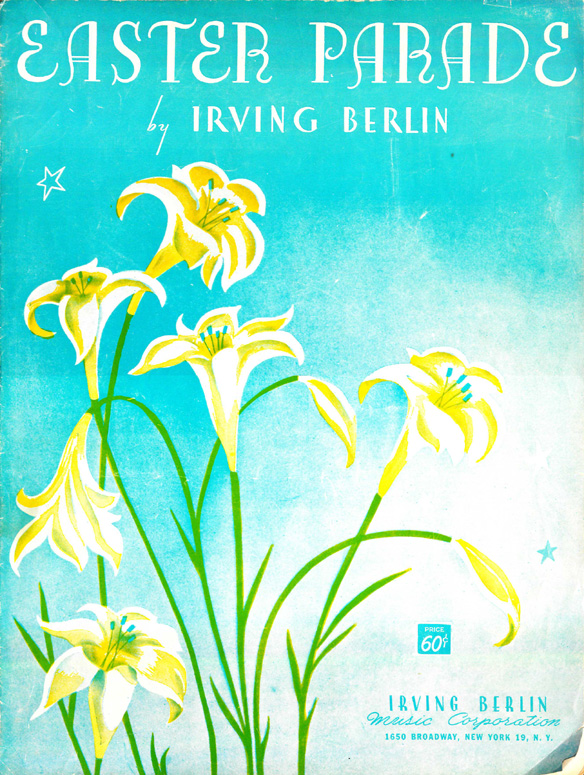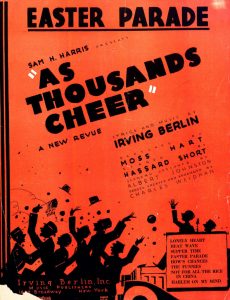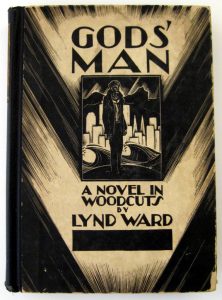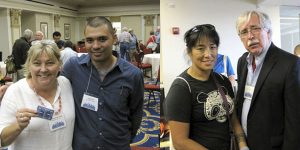Written by Jessica Masinter. She is an intern in the Cooper Hewitt Library and a literary studies major at Middlebury College.

This follow up blog to “The Textile Thief and the Great British Manufacturers,” focuses on Watson’s samples of turban pieces and their significance in India in the mid-1800s. When J. Forbes Watson was collecting samples for his collection Textile Manufactures of India, turbans were worn almost universally throughout India. In Watson’s companion book to his sample collection, entitled Textile Manufactures and the Costumes of the People of India, he recorded his observations on the uses and styles of turbans, paying particular attention to the way beauty and utility combined in the designs.



